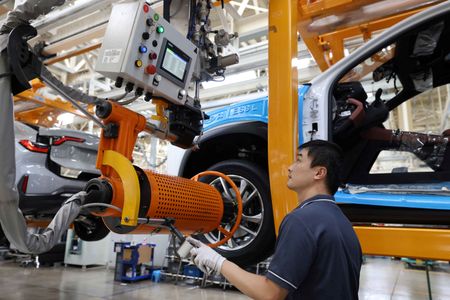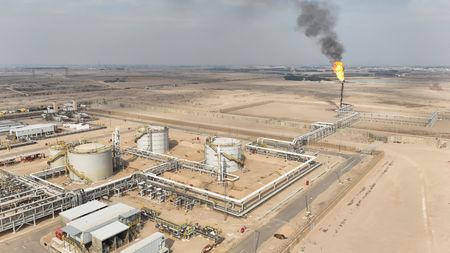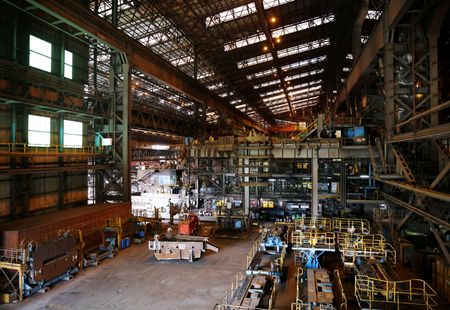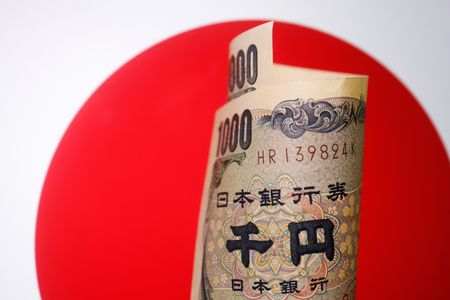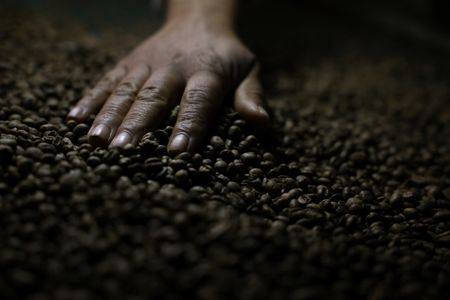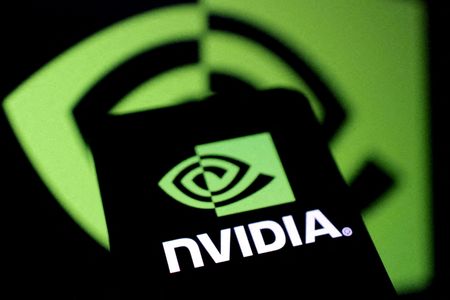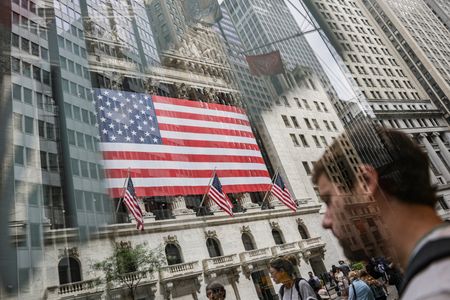By Joe Cash and Ethan Wang
BEIJING (Reuters) -China’s manufacturing activity expanded at the fastest pace in a year in March, a factory survey showed on Monday, with new orders boosting production, giving the world’s No. 2 economy some reprieve as it deals with an intensifying U.S. trade war.
The reading should reassure officials that recent fiscal support is bolstering the $18 trillion economy, which is also benefiting from foreign buyers frontloading purchases in anticipation of further U.S. trade curbs.
However, that relief is expected to be short-lived with U.S. President Donald Trump set to announce new “reciprocal” tariffs on Wednesday to tackle perceived trade imbalances, potentially adding more levies on Chinese goods.
Trump has already imposed a cumulative 20% tariff on all Chinese imports since returning to the White House in January, accusing Beijing of not doing enough to curb the flow of chemicals used to make the deadly drug fentanyl into the U.S.
The official purchasing managers’ index (PMI) rose to 50.5 in March from 50.2 a month prior, according to the National Bureau of Statistics (NBS), the highest reading since March 2024 and matching analysts’ forecasts in a Reuters poll.
The non-manufacturing PMI, which includes services and construction, accelerated to 50.8 from 50.4.
“The official PMIs suggest that infrastructure spending is ramping up again and that exports have so far remained resilient in the face of U.S. tariffs,” said Julian Evans-Pritchard, head of China economics at Capital Economics.
“But the surveys are still consistent with slower GDP growth in Q1 amid weakness in the service sector,” he added.
China has kept its economic target for this year unchanged at “around 5%” despite Trump’s tariff threats, which could call time on a largely export-led recovery underway since the end of the COVID-19 pandemic in late 2022.
The government has pledged more fiscal stimulus, increased debt issuance, further monetary easing and put even greater emphasis on boosting domestic demand to cushion the impact of the trade war.
Pointing to improved domestic demand, the new orders sub-index rose to 51.8 in March, its highest reading in 12 months, while the decline in new export orders slowed, narrowly missing the 50-mark separating growth from contraction.
The PMIs of small- and medium-sized firms improved last month, Zhao Qinghe, senior NBS statistician, said in a note, but large firms said they had a harder time this month than in February.
INSTABILITY, UNCERTAINTY
“It’s good, but not good enough,” said Xu Tianchen, senior economist at the Economist Intelligence Unit. “I’m pretty worried about the output prices, which fell despite the increase in new orders.”
“It’s somewhat softer than our expectations, with the property sector continuing to act as a drag,” he added.
China’s economy has had a bumpy start this year, with nascent improvement in retail sales offset by persistent deflationary pressures and rising unemployment.
Trying to assuage concerns among foreign enterprises over China’s economy amid Trump’s tariff threats, Chinese President Xi Jinping gathered a group of multinational CEOs last week and urged them to protect global industry and supply chains.
Beijing is also doubling down on its “cash for clunkers” consumer goods trade-in programme to encourage households to open up their wallets.
Analysts polled by Reuters forecast the private sector Caixin PMI to have risen to 51.1. The data will be released on April 1.
But economists don’t expect such conditions will last.
“We doubt the rest of the year will be much better,” said Capital Economics’ Evans-Pritchard.
“The budget does allow for fiscal support to be stepped up further over the coming months. But U.S. tariffs, which look set to escalate this week, will start to weigh on exports before long.”
(Reporting by Joe Cash and Ethan Wang; Editing by Sam Holmes)

